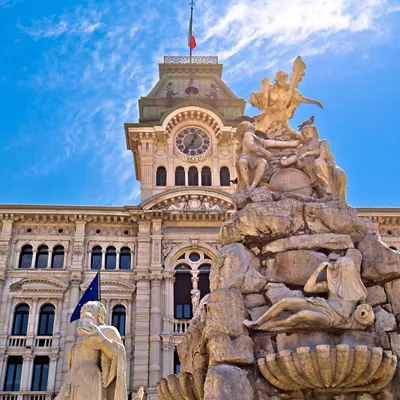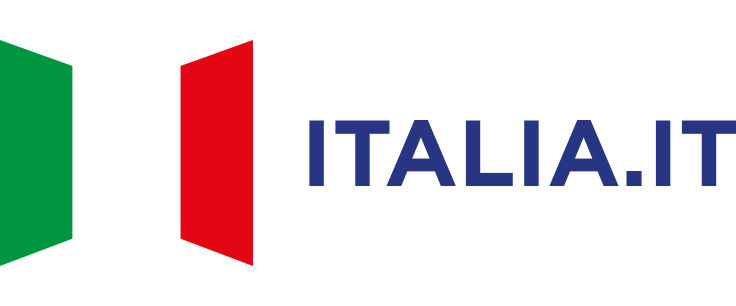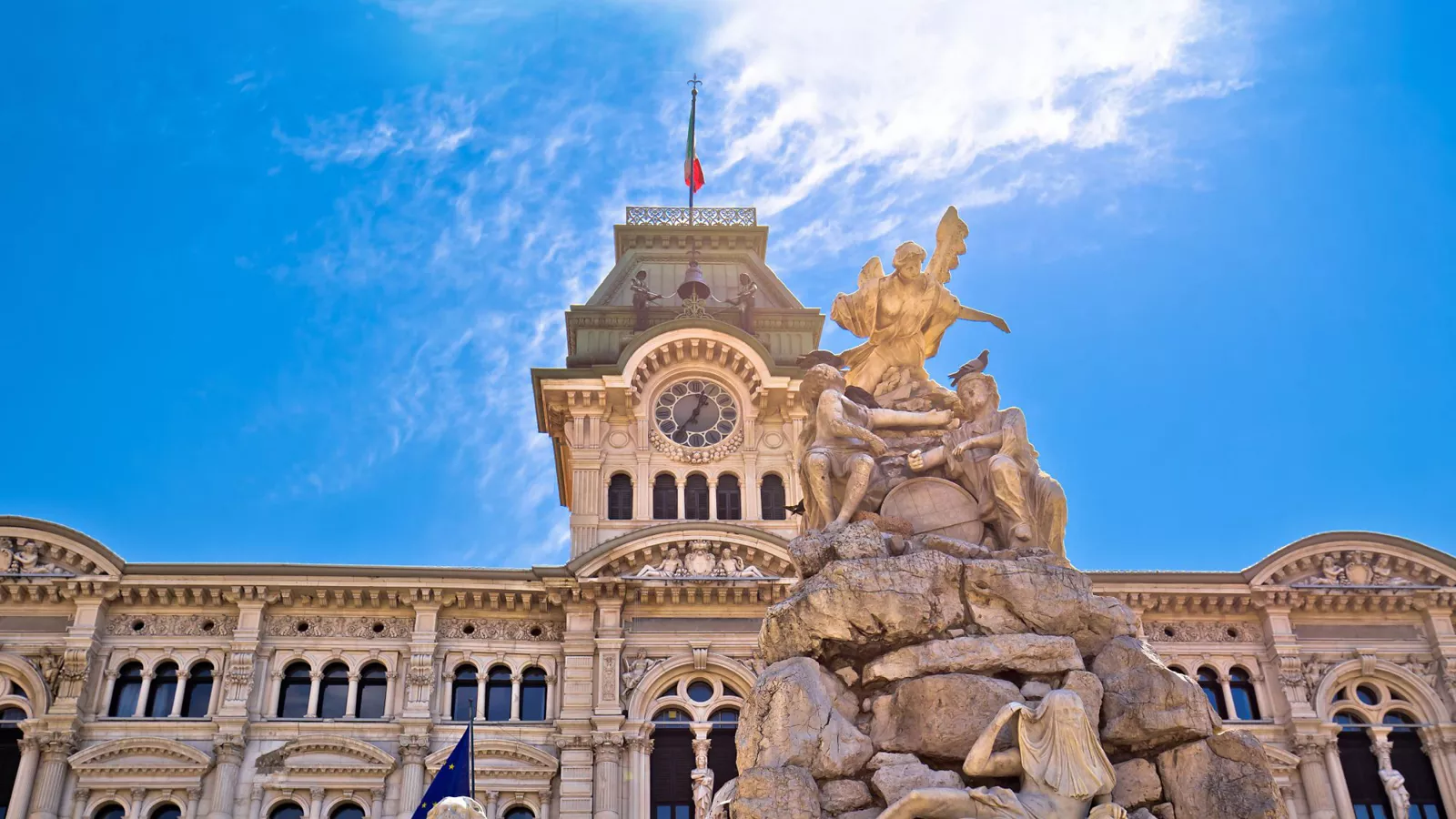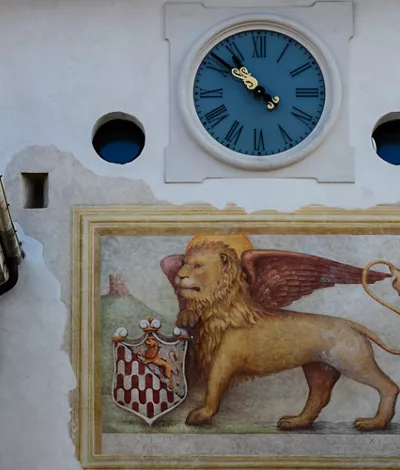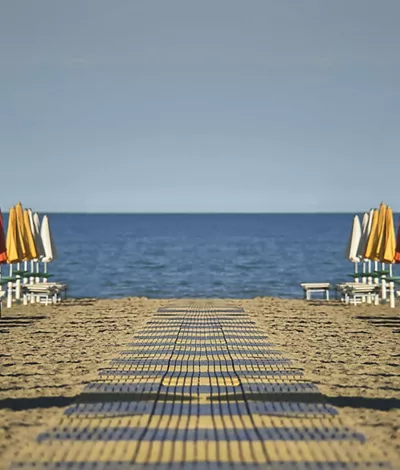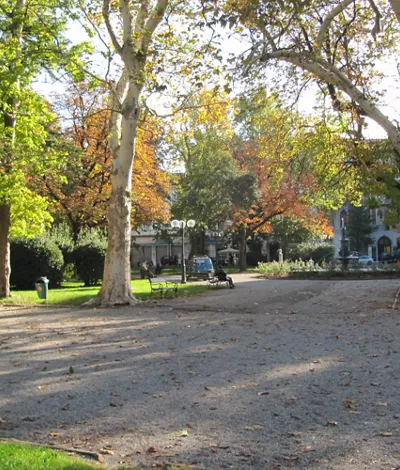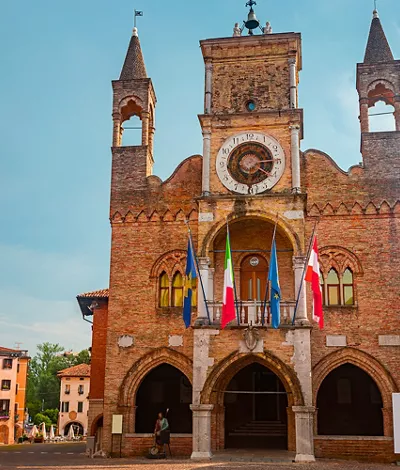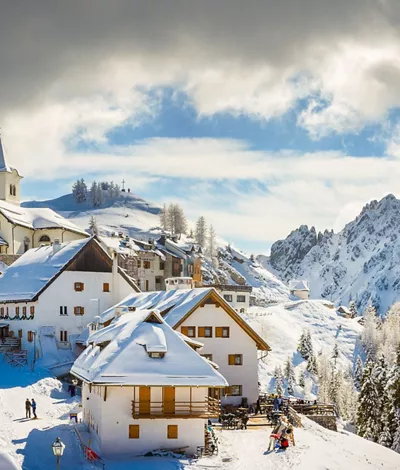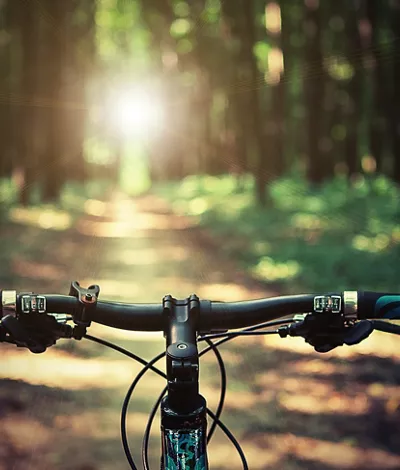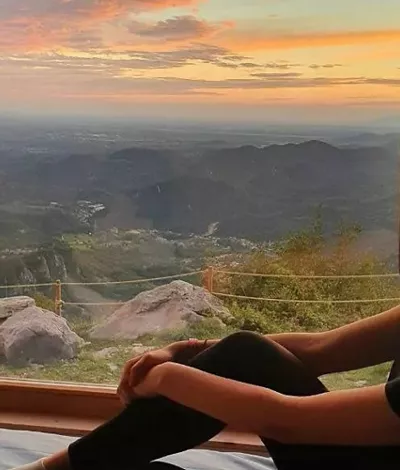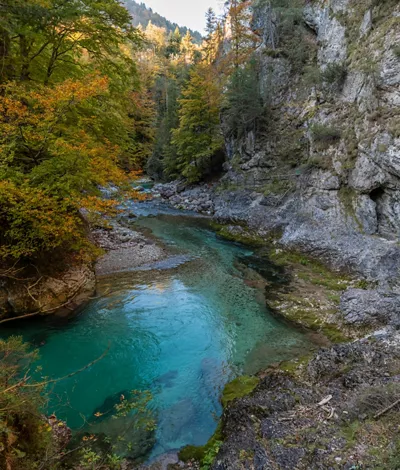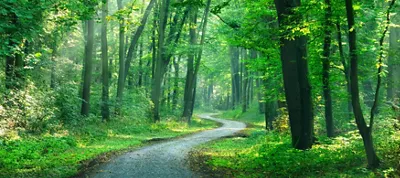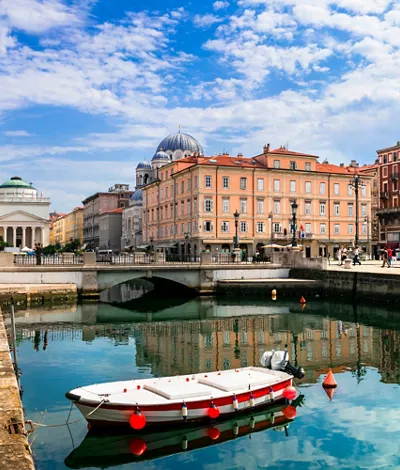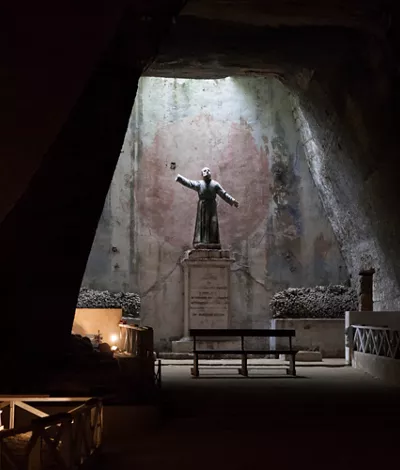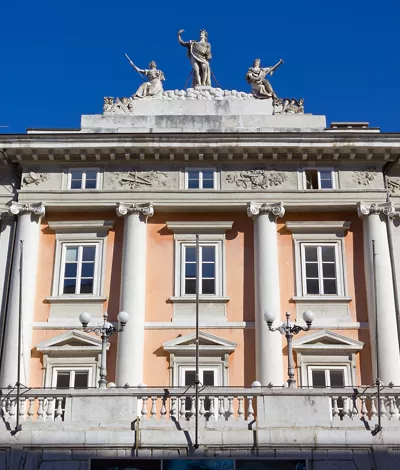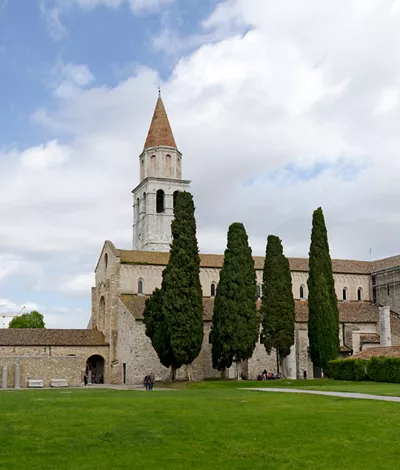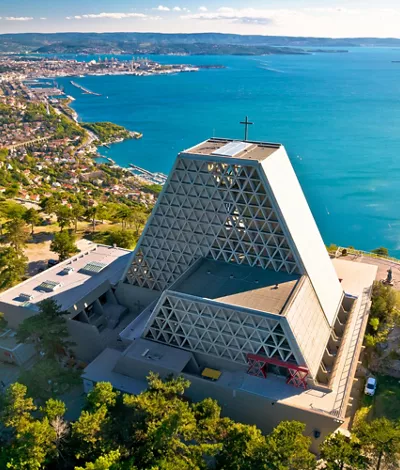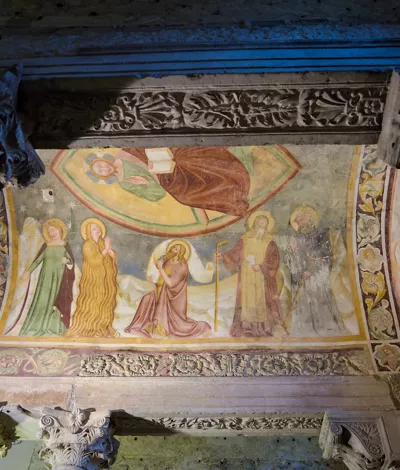Friuli-Venezia Giulia
Friuli Venezia Giulia: a treasure chest nestled between sea and mountains
A border region sandwiched between the Friulian Dolomites and the Upper Adriatic, blessed with an immense cultural heritage resulting from the influence of different cultures and peoples, cosmopolitan and modern, Friuli Venezia Giulia will also seduce you with its temptations of relaxation, sport and fun.
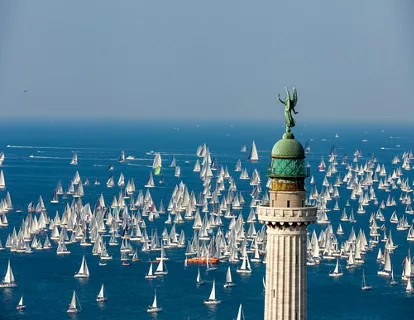
Trieste
A unique atmosphere can be felt in Trieste, as a border town, a melting pot of at least three cultures: Latin, Slavic and German. It has a retro flavour of its own, between historic literary cafés and monuments from the past as an important city of the Habsburg Empire. Trieste is the ideal destination for those who love locations rich in a complex and troubled history that has bewitched, harboured, and nurtured writers and other intellectuals. The environment is diverse, with an international outlook. A place to be experienced at least once in a lifetime.
Discover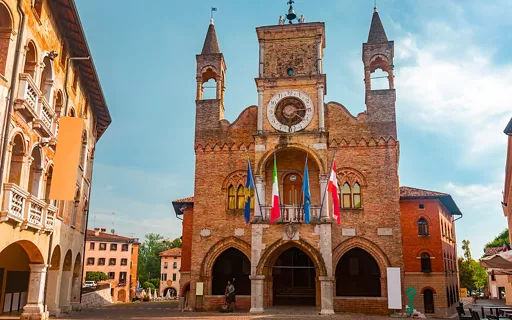
Pordenone
Elegant villages and natural beauty An elegant city in Friuli Venezia Giulia, Pordenone encompasses a quiet historic centre rich in historical and artistic beauty. Stroll down Corso Vittorio Emanuele in the shadow of the arcades, among the longest in Europe. Stop for a coffee in Piazza Cavour, the heart of city life, and admire the facades of the Palazzo Comunale and St Mark's Cathedral. It is impossible not to notice its Gothic-style bell tower, a full 72 metres high. On the outskirts of Pordenone, visit some of the most beautiful villages in northern Italy, such as Sacile, on the Livenza river, and Polcenigo, surrounded by greenery. In San Vito al Tagliamento you can admire what remains of the medieval village, such as the moat and the frescoed castle. For a relaxing moment away from the city, head for Lake Barcis. This corner of paradise, set in the Friulian Dolomites Natural Park, is the perfect place for those who enjoy sports such as sailing, surfing and canoeing, as well as hiking and mountain biking. And lastly, to enjoy typical Friulian cuisine, try the Frico with polenta and salami with vinegar: truly traditional flavours.
Discover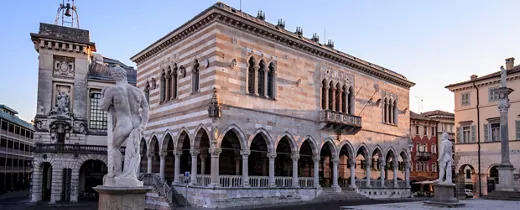
Udine
From the Alps to the sea, exploring mosaics and Baroque villas Views of the Carnic Alps, villages on gentle slopes, historic villas, lakes and forests, Roman and Lombard ruins and the golden beaches of Lignano Sabbiadoro: all this and more lies in the province of Udine, in the heart of Friuli-Venezia Giulia. Walking through the historic centre of the capital, which branches out around the castle, you will find the Loggia del Lionello, the Clock Tower, the works of Tiepolo and the Tina Modotti Gallery, dedicated to the great photographer who was born here. Immersed in a large park is the Baroque-style Villa Manin, the residence of the last doge of Venice. You can admire nature is at its best in the thousand-year-old Tarvisio forest, in Val d’Arzino and by Lake Cornino. Don’t miss the villages of Spilimbergo, with its splendid 15th-century Palazzo Dipinto, San Daniele del Friuli, to taste its famous prosciutto, the star fort of Palmanova, and Cividale del Friuli, with its Lombard ruins and the famous Devil’s Bridge. If you love fortresses, we recommend visiting Villalta Castle. To dive into history, head for Aquileia, a very well-preserved Roman city. You’re sure to love the archaeological museum, the Roman Forum, and the Basilica of Santa Maria Assunta, with its mosaic floor and the Crypt of Frescoes.
Discover
Gorizia
A border town symbolising the 20th century A border town in the far north-east of Italy, Gorizia is a symbol of the complex history of 20th-century Europe. Once part of the Austro-Hungarian Empire, whose legacy is still clearly visible in its historic buildings and gardens, it was annexed to Italy in 1918 and then experienced the dramatic events involving Italy's eastern border during Fascism and the Second World War. At the end of the war, the city lost part of its suburbs to Yugoslavia and was divided by a wall that became one of the symbols of the Iron Curtain. With Slovenia's entry into the European Union in 2004, the barrier was removed, transforming the border into a place of encounter and sharing with Nova Gorica, the part of the city located in Slovenia. And it was precisely this friendship that led them to become, together, the European Capital of Culture 2025. The history of Gorizia can be traced through its museums and gardens, where you can learn about specific aspects of the history of this area and its communities: the Museum of the Great War, the Topographies of Memory Museum, and the Museum of Fashion and Applied Arts. Also worth visiting are the elegant Coronini Cronberg Palace, the synagogue, Piazza Vittoria with its striking Neptune fountain and the splendid Church of St. Ignatius.
Discover


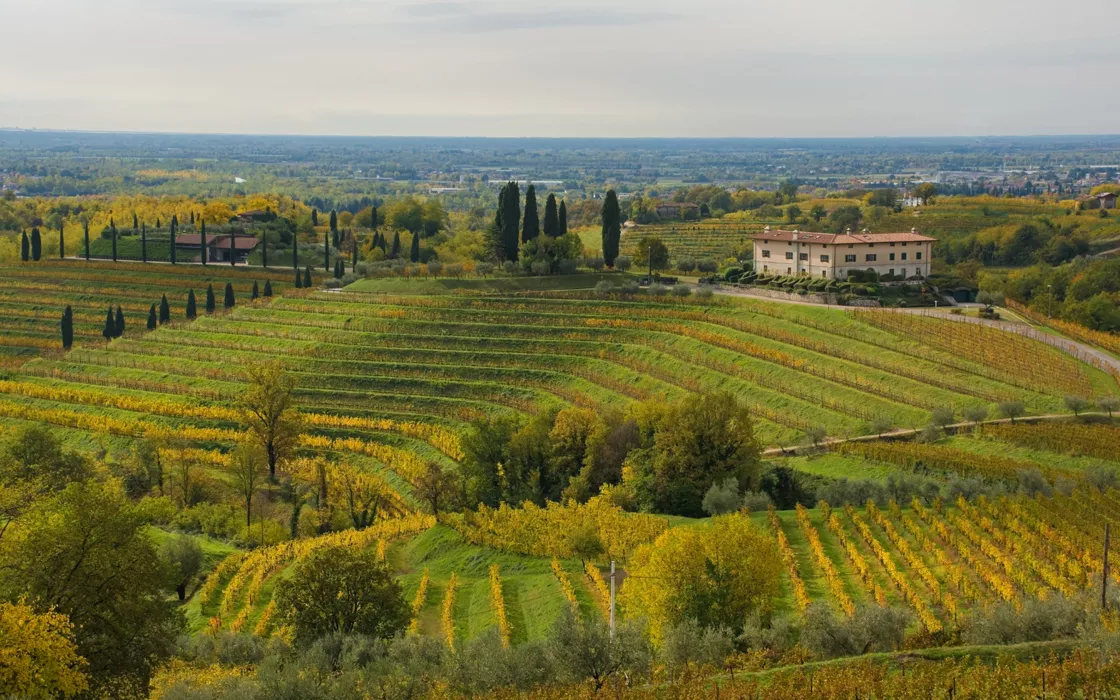
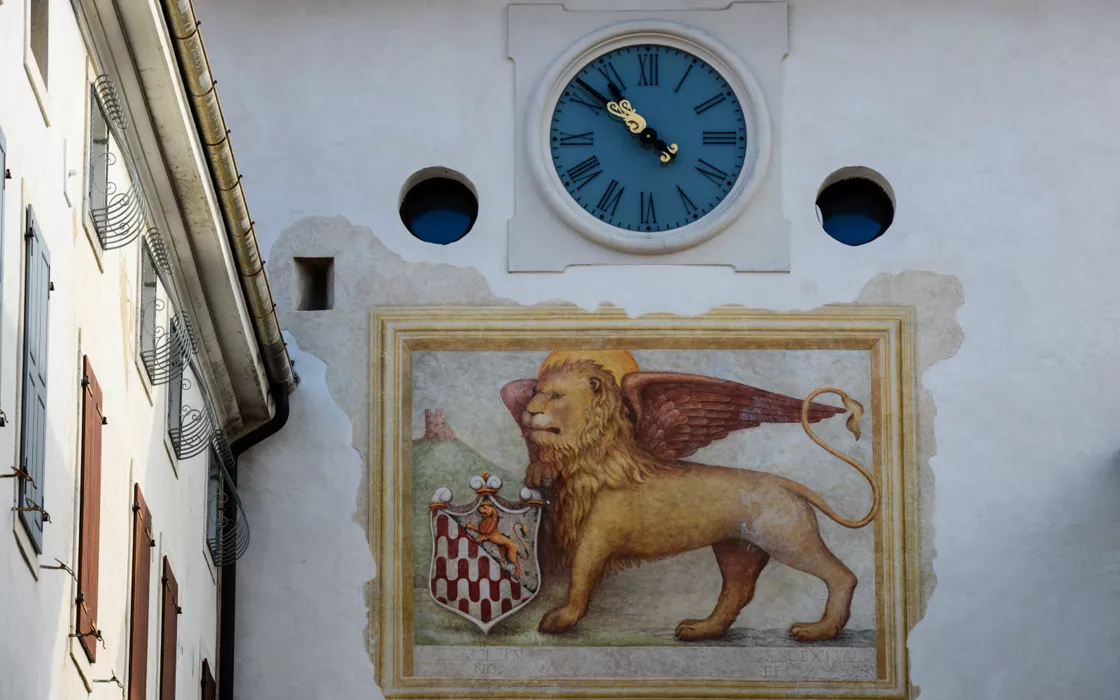
A border region nestled between sea and mountains
From the Barcolana in Trieste to the harmony of Udine's architecture, from the ski slopes of Piancavallo to the enchantment of the Laghetti di Fusine, from cycling on the Kaiser Zoncolan to the descent in the Grotta Gigante, Friuli Venezia Giulia will give you an unforgettable holiday.
